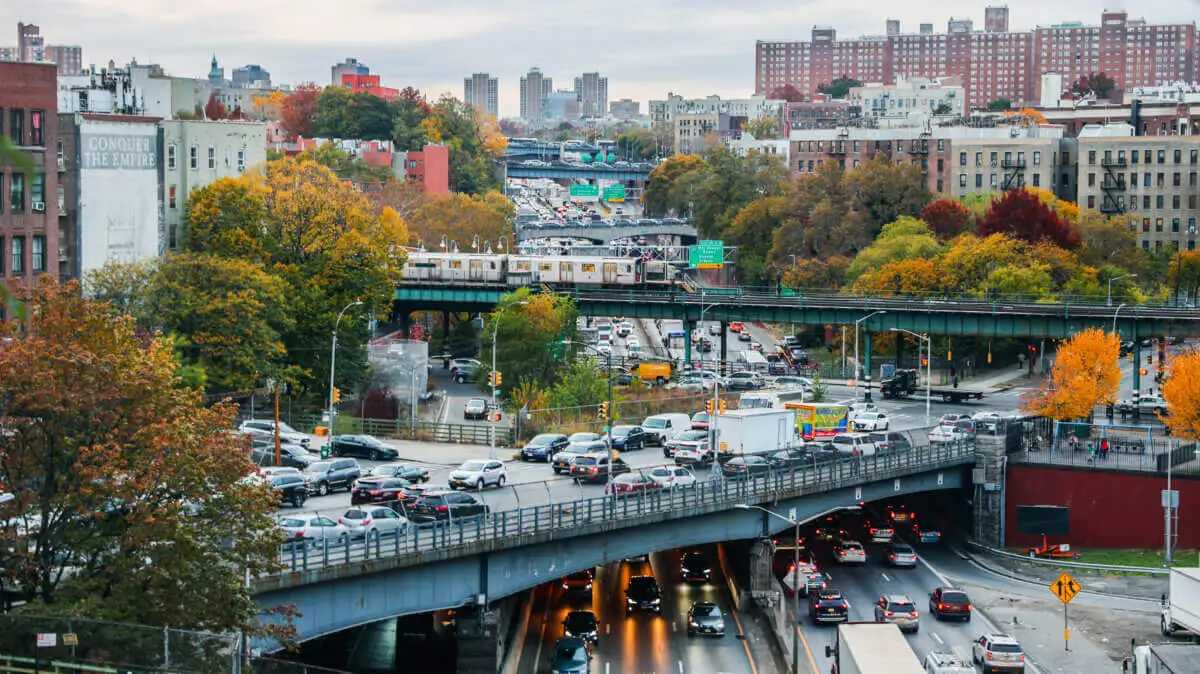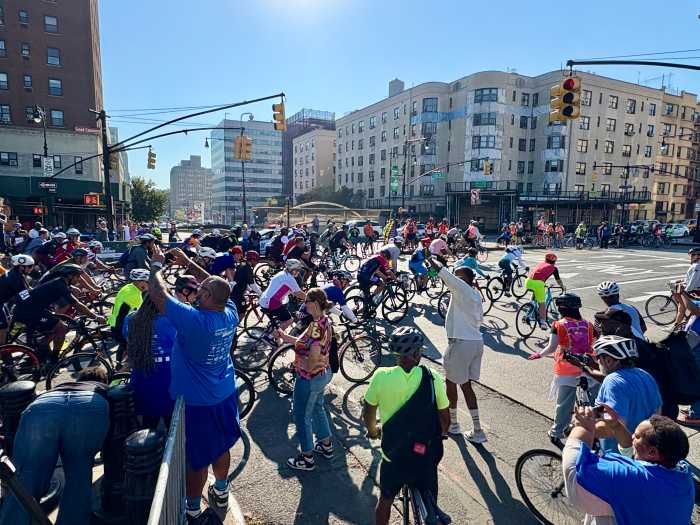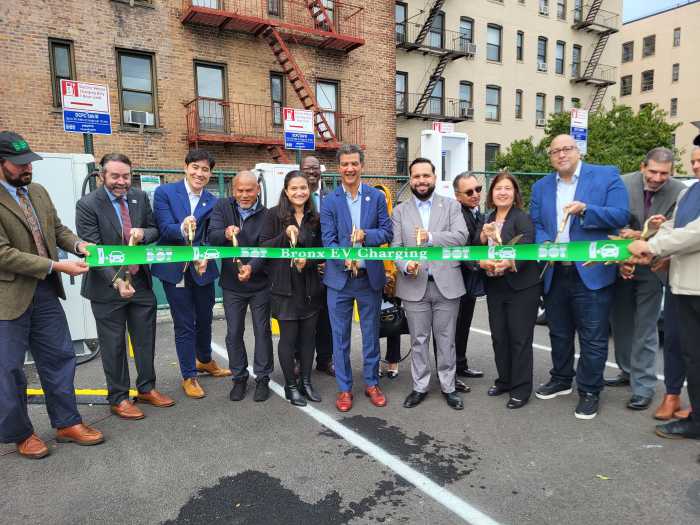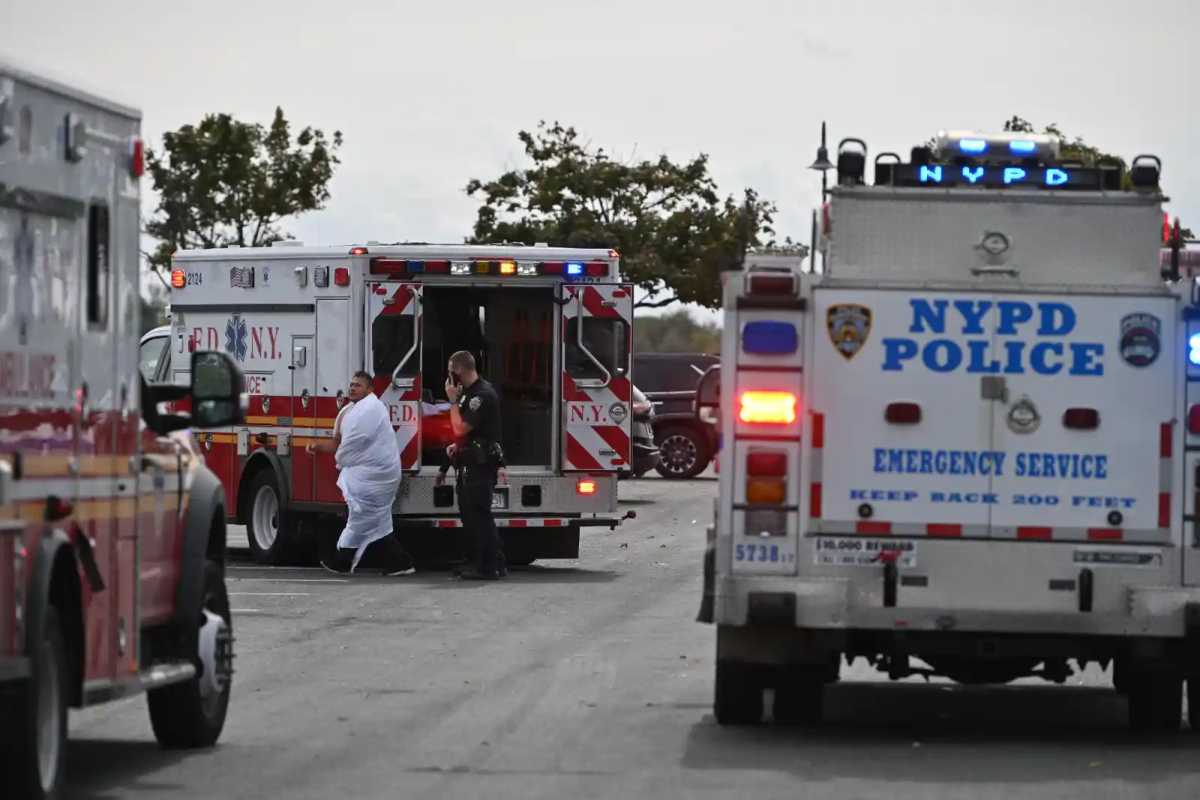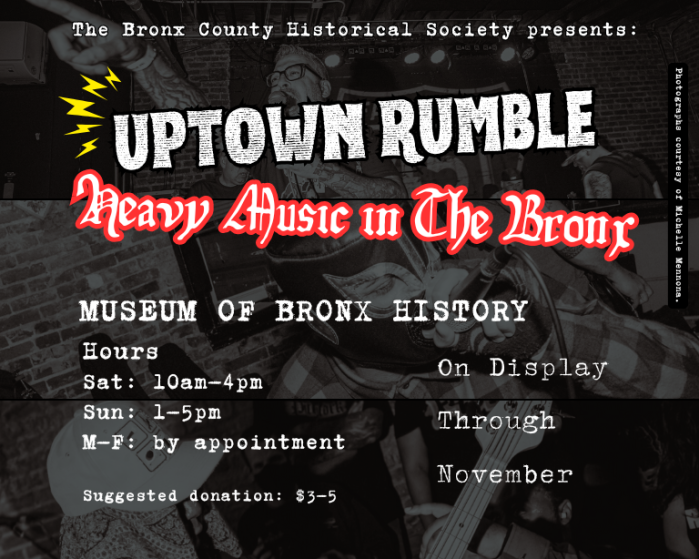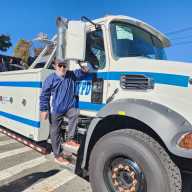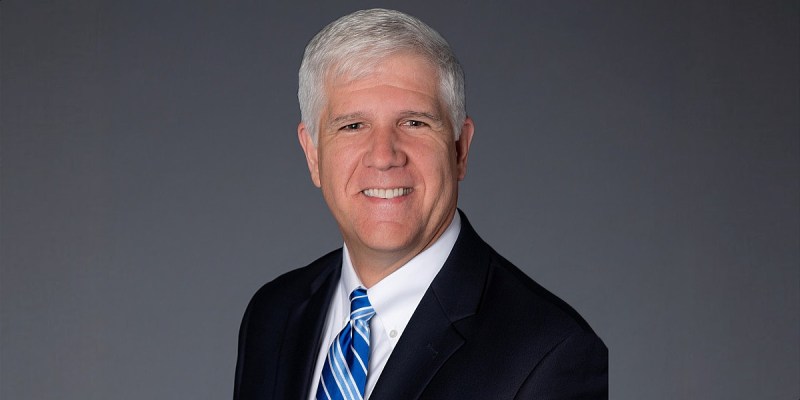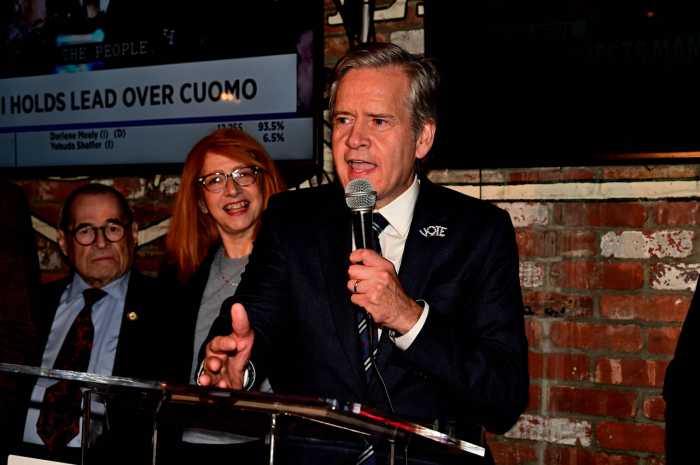The Metropolitan Transportation Authority (MTA) began implementing tolls for vehicles entering Manhattan’s Central Business District (CBD) below 60th Street at midnight on Sunday, following years of delays and numerous lawsuits.
Now that the plan has officially launched, here’s what the Bronx can expect from congestion pricing:
Tolls for entering the Central Business District (CBD)
Nearly 100,000 Bronx residents who commute by vehicle into Manhattan will face tolls under the MTA’s congestion pricing plan. During peak hours—5 a.m. to 9 p.m. on weekdays and 9 a.m. to 9 p.m. on weekends—drivers of personal vehicles will pay $9, while small trucks and buses will be charged $14.40. Off-peak overnight rates are set at $2.25 for passenger vehicles and $3.60 for small trucks and buses.
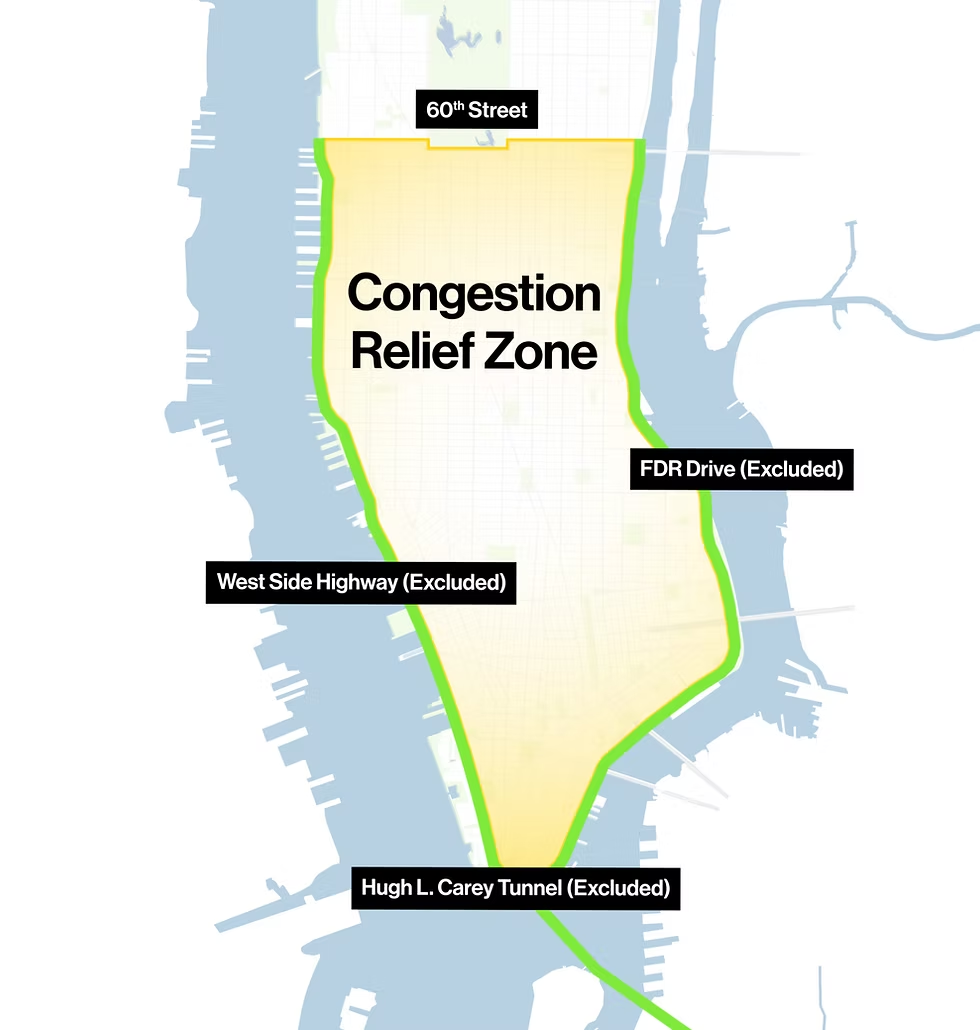
Discount Plans
The MTA estimates that of the nearly 100,000 Bronx commuters traveling to the congestion tolling area, over 36,000 will qualify as low-income—the highest number among the surrounding counties studied. Commuters earning less than $50,000 annually will be eligible for a 50% discount on all peak-hour trips into the zone after completing 10 trips in a month. Commuters can learn more and apply for a discount here.
Residents earning less than $60,000 a year may also qualify for a tax credit covering the amount of tolls paid. Learn more about tax credits here.
Furthermore, Bronxites with a disability preventing them from using public transportation may qualify for an Individual Disability Exemption Plan. The exemption can be applied to the vehicle registered to or regularly transporting the resident with the qualifying disability or health condition. Find out more information here.
Bridges from the Bronx to Manhattan
Commuters crossing bridges from the Bronx into Manhattan will not be charged a congestion toll. The congestion pricing only applies to vehicles entering the zone south of 60th Street in Manhattan. Once a vehicle enters the zone, congestion toll rates will apply.
However, Bronxites may want to prepare for more traffic over bridges, especially the Robert F. Kennedy Bridge and the George Washington Bridge, according to the MTA’s Environmental Assessment. The MTA estimated that congestion pricing could bring 4,000 additional vehicles into the borough per day in overflow traffic from commuters seeking alternative routes to avoid the new tolls.
The Cross Bronx Expressway
Vehicles diverting around Manhattan’s congestion pricing zone is expected to increase traffic on the Cross Bronx Expressway especially between the Alexander Hamilton Bridge and Whitestone and Throggs Neck Bridges. About 75% of the increase in traffic on the Cross Bronx Expressway is expected to be from personal vehicles, while trucks are expected to account for 25% of the increase in mileage traveled across the highway.
Avoiding Congestion Tolls
Commuters can avoid congestion pricing by taking public transportation. Residents can use one of the seven MTA train lines (1, 2, 4, 5, 6, B, D) connecting the Bronx into Manhattan; the 12 Metro North stations connecting the Bronx to Grand Central Terminal; MTA buses; or the Ferry from Ferry Point Park or Soundview.
Drivers using the West Side Highway or the FDR Drive will not be subject to congestion pricing unless they exit into the zone.
Congestion Pricing’s Impact on the Bronx
Much of the revenue generated from the congestion pricing plan will go towards capital improvement projects for the city’s aging subway system, including adding accessibility features, track and communication system upgrades, signal upgrades and bus electrification. The plan also initially allocated $20 million toward establishing an Asthma Case Management Program and Bronx Center.
The planned investments in the Bronx remain uncertain. Although a federal judge recently rejected New Jersey’s attempt to block the program, Judge Leo Gordon ordered the Federal Highway Administration to further explain and possibly reconsider its decision on funding allocated to the Bronx and New Jersey counties to address the environmental impact of increased traffic outside Manhattan’s CBD.
It’s unclear so far as to whether a reconsideration of the funds would reduce the $20 million promised to the Bronx to develop an Asthma Case Management Program and Bronx Center.
Even though efforts to stop the program have been unsuccessful to date, the plan still faces lawsuits and elected officials who want to nix the program, including President Elect Donald Trump who promised to end it upon taking office.

